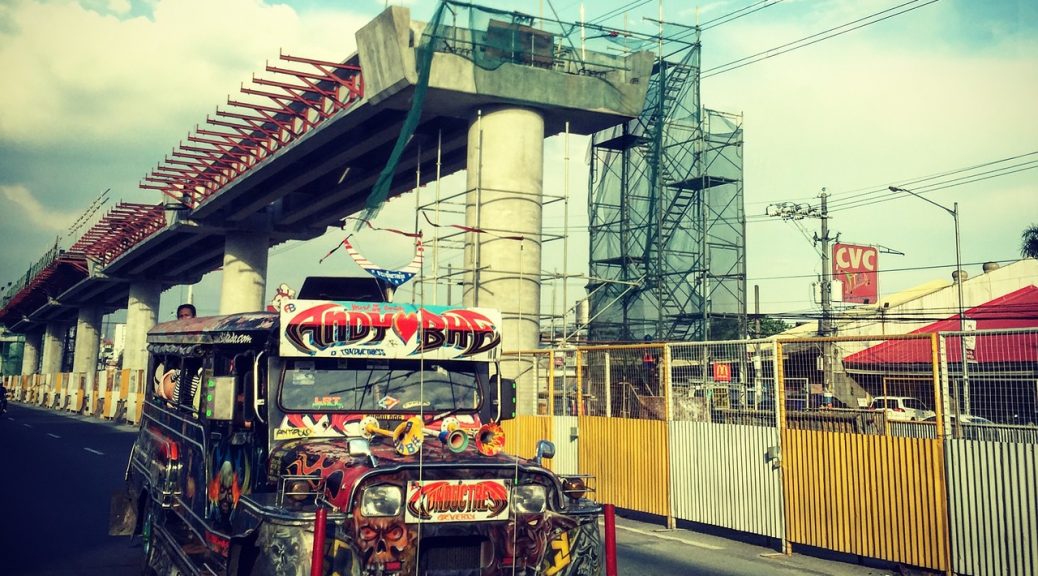Author: Gabriel Avelino Sampedro (National University)
In the age of digitalization, everything is done online. Most of the data collected from people are stored in the cloud entities, and the amount of data stored there exponentially increases daily. It can be challenging to organize, manage, and obtain insights from various sizes and varieties of data. One solution for managing massive amounts of data is implementing self-serving, automated solutions to daily operations such as data input and reporting, which can improve efficiency and increase the efficacy of the mission. Data analytics plays a significant role in obtaining insights from our data in managing data. Data analysis is the process of studying data by using analytical or statistical methods in order to discover important information. The goal of this process is to conclude the data. The data analytics process helps us develop a clearer picture of the current situation for decision-makers to provide data-driven solutions to problems. The conclusive findings may come in a summary or an image, like a chart or graph. Showing data visually, which makes the job simpler, is known as data visualization. Data analysis may be done using various methods, including data mining, text analytics, and business intelligence. Data analysts use charts and graphs rather than tables or databases to convey data. It simplifies complex facts and makes it easier for the eyes to take in the information. Furthermore, data analytics may even assist in preventing fraud, waste, and abuse and helping with staffing shortages.
Using the knowledge obtained from the OCDex training, one possible application of using data analytics is for predicting arrival times of mass transportation systems. One of the significant issues in the country is the poor transportation system we have. Train stations encounter very long lines, and not everyone in line will immediately be served. One of the main issues in the system is the uncertainty of arrival times. People would go to train stations randomly, hoping to ride the train. The long wait can be pretty frustrating, and plans made throughout the day can be ruined. Although it will not entirely solve the whole issue, one way to solve this is to develop a system for predicting the arrival times of trains. In addition, providing people with data on the number of people on the platform (through the data from gate entries) can help people make data-driven decisions about their travel. The purpose of the system is to decongest some modes of transport and allow people to consider other options. The solution would use data from the station platform and logs of train operators to develop a machine learning-based model to improve this process.
This article is the author’s reflection on the insight gained from the recently concluded OCDex 2022 Public Data Analytics Fellowship Trainings.
For more information about the article, please reach out to the author: garsampedro@national-u.edu.ph or Layertech labs support at learning@layertechlab.com

